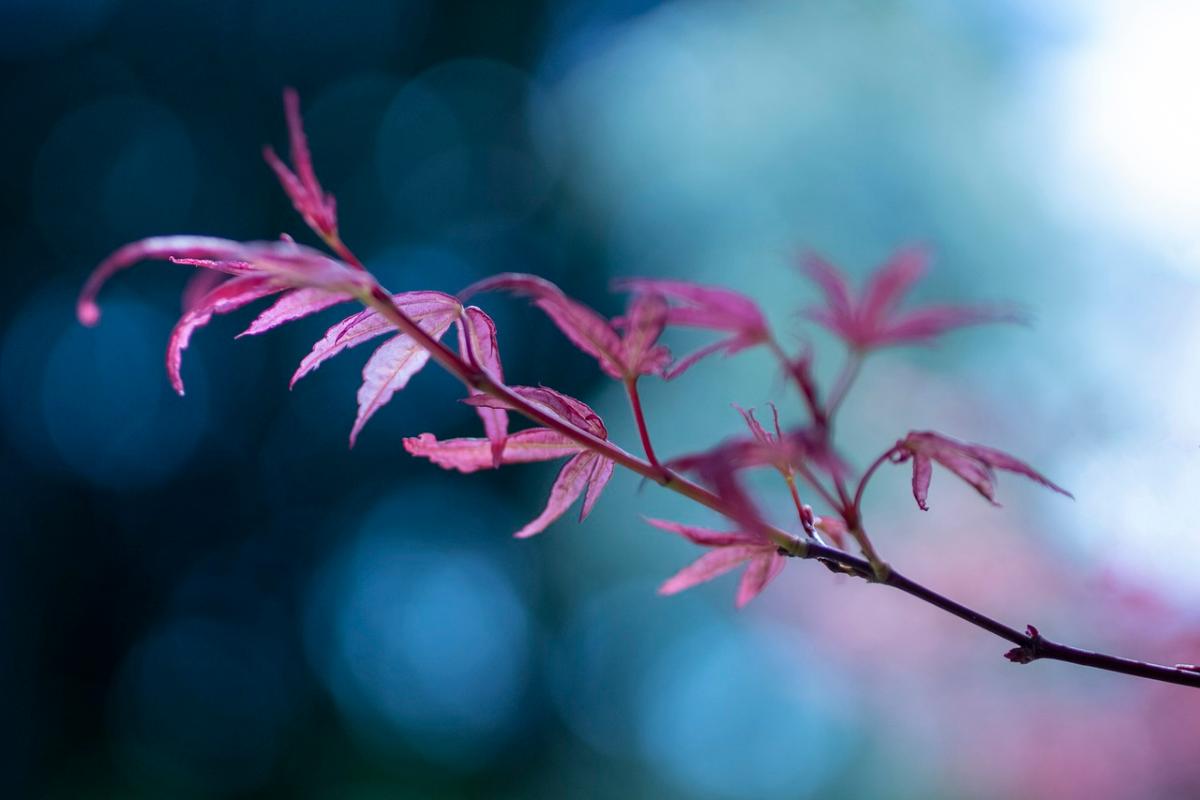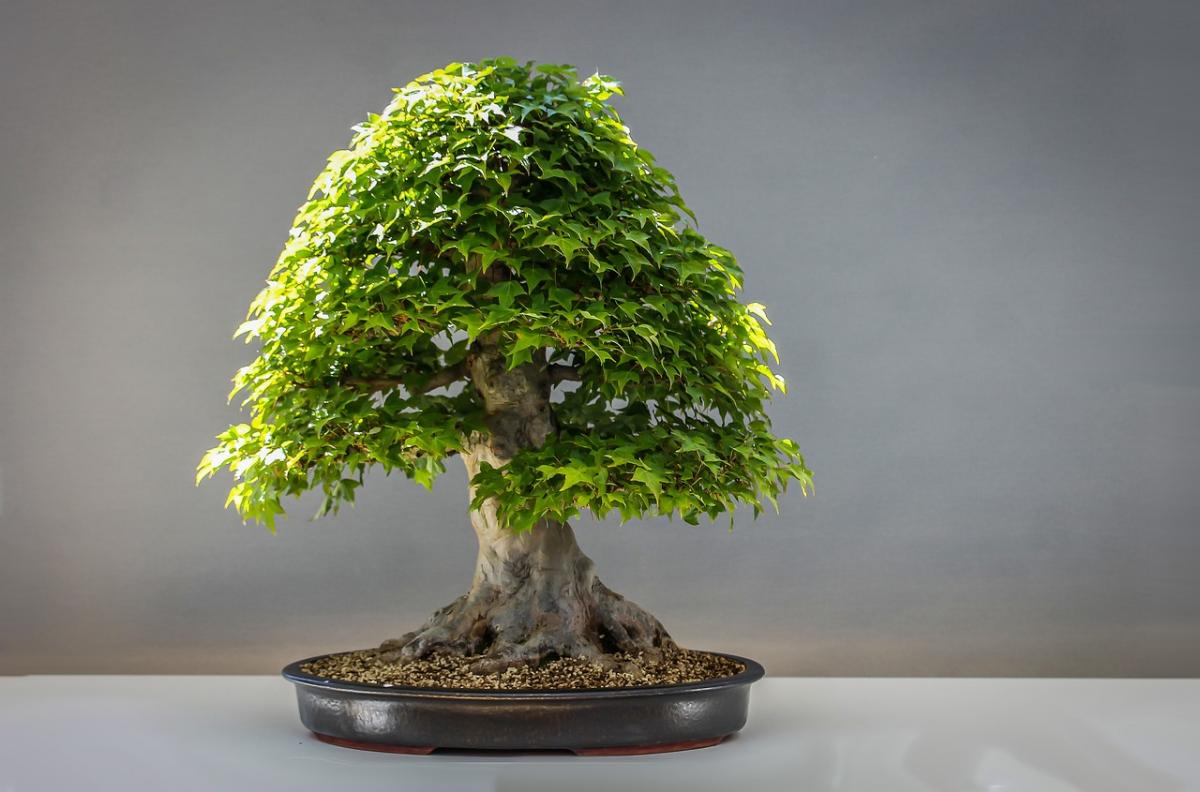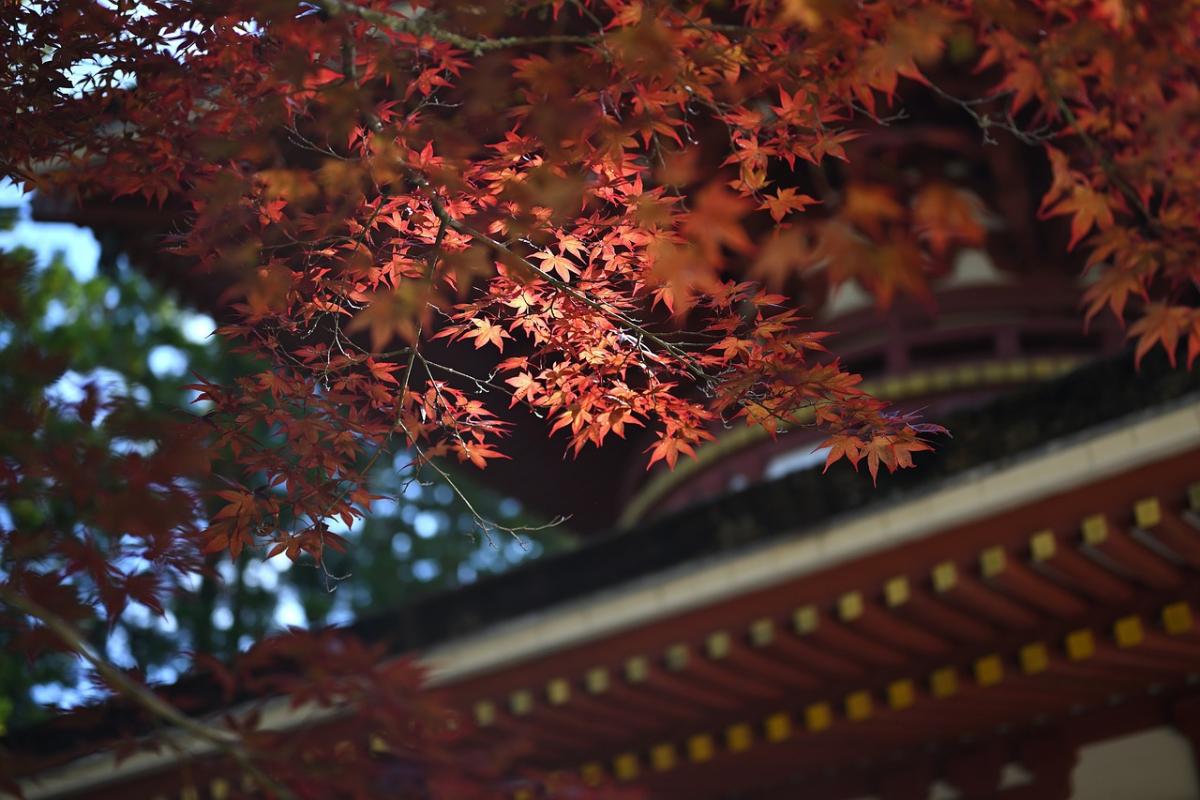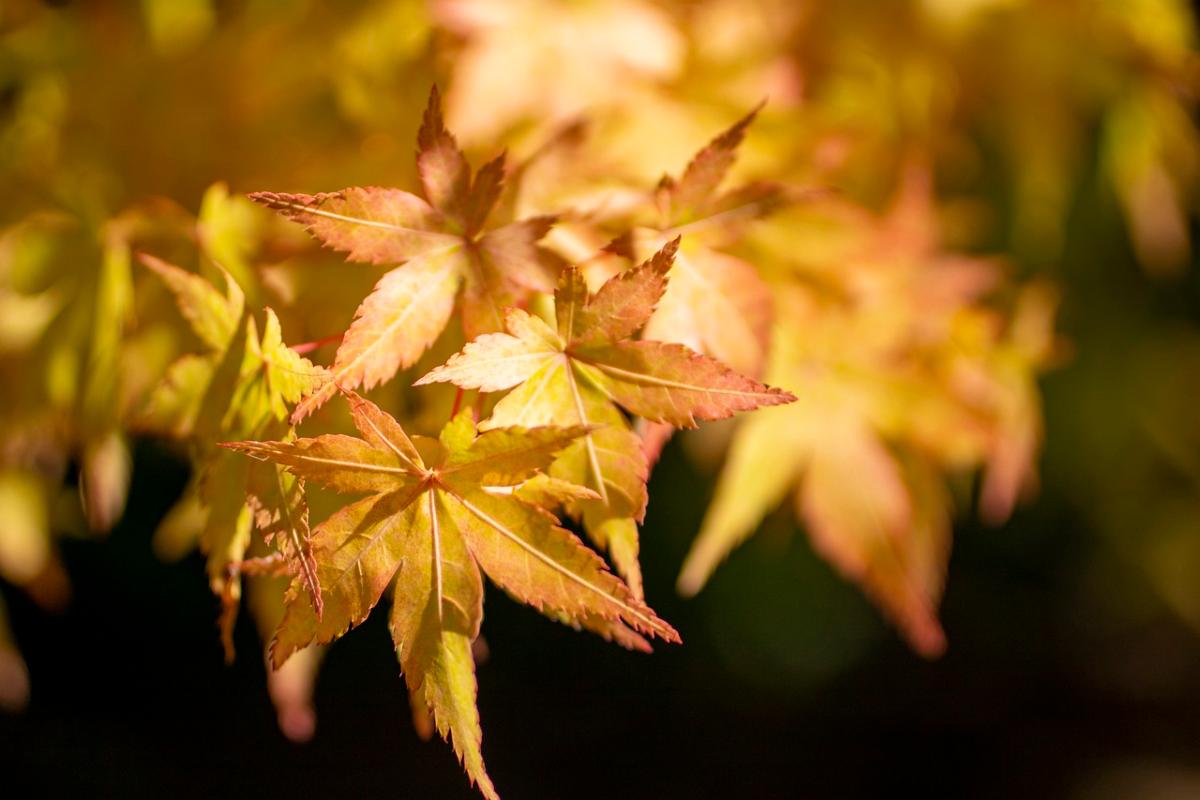
The maple is one of the most striking trees. The pattern of its leaves along with its ability to change their shade depending on the seasons of the year (except in winter) makes it one of the most appreciated. But It is also exposed to common Japanese maple diseases.
And having a maple in the garden or as a bonsai is not easy. You must be patient and be attentive to prevent him from getting sick and adapt to the environment. Do you want to know what you should protect it from? We tell you what are those common diseases that can appear.
Pests of mites and/or mealybugs

We are going to start by telling you about one of the common pests in Japanese maples. This is a problem that affects many plants, but in the case of the Japanese maple it can be quite serious if precautions are not taken and it is detected in time.
You see, if you see on your Japanese maple that it has some small bumps on leaves and stems, which you can remove as if they were shells, you are dealing with mites or mealybugs.
They are not very large, but they can colonize the plant and end up consuming it, so it is important that, if that happens, you have to thoroughly check the plant. Some experts recommend that you add some product and repeat it a few days later. But if possible, use neem oil and clean the entire plant by hand. This way you are going to remove all those protuberances from the plant and you are going to give it a product that will protect it so that they do not get close to it again.
A few days later you can add some product, as it will help ensure that, if there were eggs or larvae, they end up dying as well.
Now, Mites and mealybugs can also come with fungi, such as sooty mold. In these cases the fungicide will be much better for you, that is why the treatment that we recommended before because it will be very effective.
Keep in mind that in young specimens this is one of the common diseases of the Japanese maple that can affect them the most.
Canker or chancre
Another common disease of the Japanese maple is canker or canker. This is a problem that It affects the bark of the trunk and especially more mature trees.. What are you doing? Well, you will see a drastic change in the bark and even that it begins to have wounds or sap comes out of them.
In general, it is not a disease that you should pay too much attention to, because it is usually mild and the tree itself, if it is healthy, can deal with the problem. But in case of serious infections, you will lose that specimen, and it could even infect others nearby.
Aphids
Another problem that you can often face with a Japanese maple is aphids. These They affect the leaves and will cause them to wilt, curl or wrinkle.
Keep in mind that this same It can happen if it is not watered properly or if it gets too much sun.. One of its reactions to these situations is that the leaves become wrinkled, fall off and wither. But if it has aphids you will see that the difference is that the leaves will not seem dry.
What to do about this plague? Eliminate it as soon as possible, especially since it is capable of modify the usual growth of the tree. To do this, you must use an insecticide for aphids or neem oil and clean the entire plant to eliminate it and at the same time prevent the pest from becoming active again.
Verticillium
Verticillium is one of the most common Japanese maple diseases. It mainly affects the leaves but really The presence of this disease is usually in the soil since that is where the fungus lives. It usually appears when there is excess watering.
What will you notice in your maple? That the leaves turn yellowish and begin to fall for no reason, even with premature leaves. It may affect only one side of the tree or both.
Additionally, sometimes the wood of the tree also looks discolored.
In this case, it is best use fungicides that directly attack the fungus (mixed with irrigation water in the tree soil). But you can also spray it on top for extra protection.

Yellow sheets
Although we just told you that verticillium causes the Japanese maple to have yellow leaves, there is another disease that can cause these: lack of iron.
This can be easily solved, which is by applying an anti-chlorosis product.
And how do you know if it is a fungus or iron deficiency? There is a difference, and that is that, if it is a deficiency, you will see that the leaves turn yellow but the nerve will remain green.
Anthracnose
We continue with more common diseases of the Japanese maple to now talk to you about anthracnose. It is a disease in which Purple or black spots and depressions will appear on the leaves. That spot gets bigger and bigger until it rots the leaf and they fall off.
If your maple is young, this disease could end its life. In the case of mature specimens, there is a much greater chance that they will succeed.
Again, you will need to use a fungicide as soon as possible to eliminate the fungus.

Brown leaves
Lastly, having a Japanese maple with brown leaves can be yet another problem. And the big ones because this can come for various reasons: because it is in a dry or windy climate; because it has direct sun; because it lacks water or you have overdone it; because the pot has become too small; or because you have transplanted it ahead of time.
All this will make your maple leaves turn brown and fall off, thus risking not being able to carry out photosynthesis. Therefore, you must take into account:
- Never place a Japanese maple in a windy area because that will only harm the tree.
- The Japanese maple is not a tree that needs direct sun, but rather semi-shade or shade if you live in a very hot area.
- Irrigation is one of the fundamental care and you must learn the right amount that your tree needs.
- If your maple is in a pot, you should make sure to change its pot every now and then. Even when the roots do not come out from below.
- The transplant should never be done when the tree is still dormant. It is better to wait and do it in early or mid spring. It will still react badly because it doesn't like change and gets stressed easily, but not with brown leaves.
Are all the common diseases of the Japanese maple clear to you?